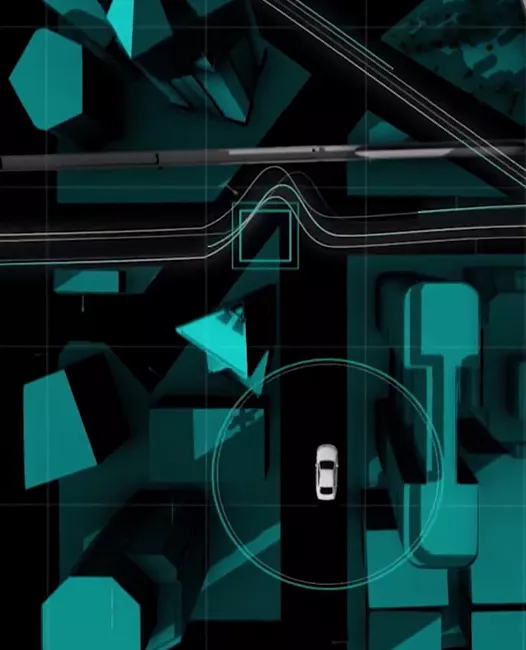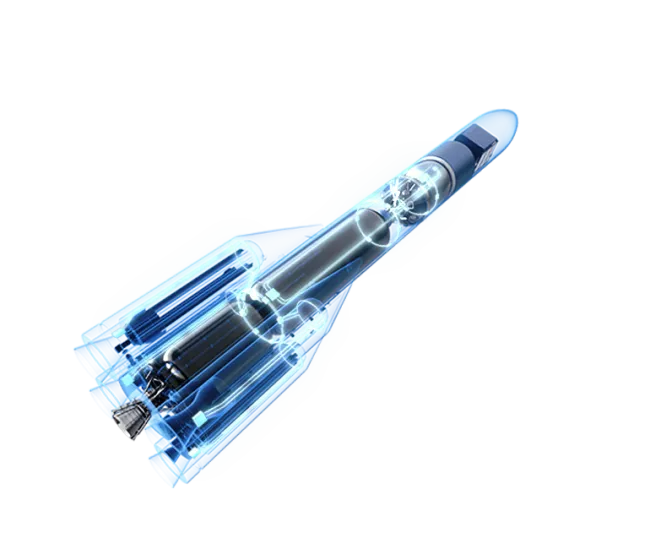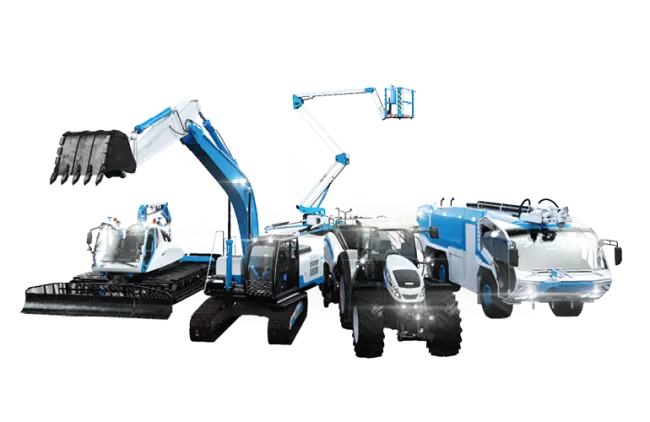Safety and security: inseparable
In IT, safety and security denote two different concepts that are nevertheless inseparably linked. Safety addresses the physical soundness of human beings and their environment. Security, on the other hand, refers to the protection of data and systems, especially defending them from attacks.
Safety for people and their environment has been the central idea behind TTTECH Group’s technologies since our foundation in 1998. TTTECH’s solutions increase safety and electronic robustness of networks and systems in often safety-critical applications in planes, cars or in space. As we improve connectivity within these systems and strive for common industry standards, applications will become even safer in the future.
In today’s world, people and technology are becoming increasingly intertwined. Users exchange information with their smartphones, wearables, or even with their homes and vehicles. Thus, the concept of physical safety and the need for data security become almost mutually inclusive.
While connectivity increases safety, security of data and systems becomes a growing concern. With increased connectivity comes an increased risk of cyber-attacks and the damage they can do. For us this means that safety and security always go hand in hand, even though they pose completely different technical challenges.
In the air and in space, system failure is never an option
An estimated 4.5 billion people board a passenger plane each year. The first attempts at flying were carried out by adventurous inventors and often ended in failure. One of the major reasons flying has advanced to a mass means of transportation in the 20th century is the fact that it is now extremely safe. Increased use of computers in aviation has a lot to do with this increased safety. Digital technologies can detect dangerous situations before they lead to accidents and keep the overall system running even if individual components fail. They even enable humans to navigate the harsh environs of outer space largely without incident.
How can an overall system keep up safe operation even when individual components fail? In engineering there are several ways to solve this challenge. TTTECH has pioneered a deterministic, time-triggered networking technology that uses scheduling to enable real-time communication over standard Ethernet, similar to its use in classical IT infrastructures. This technology ensures that safety-critical information is reliably transmitted at scheduled intervals, while non-safety-critical data can be transmitted over the same network on a best-effort basis. This way, systems relevant for passenger safety will always keep running regardless of what happens in other parts of the network.
Aerospace safety at automotive cost
As mentioned above, air travel has gained broad public acceptance because of the high degree of safety associated with it.
Automated driving is the corresponding trend for the automotive industry. Technological progress is making it possible to create a new driving experience that holds manifold advantages for society and economy. A reduced number of accidents, enabling mobility for elderly and disabled people, as well as reducing traffic jams and thus environmental pollution. This development of course also bears economic potential. The overall global economic benefit of autonomous vehicles is estimated to amount to 3.5 billion US dollars until 2025. However, in order for automated driving to gain acceptance in the public, it must reach a level of safety comparable with flying. And because cars are mass-produced commodities, this safety must come at a much lower cost.
Realizing safe automated driving systems is more than developing applications and algorithms – it is a venture that requires know-how in many areas. Strong technological partnerships and a rich ecosystem will be key for car manufacturers and OEMs when developing safe systems and staying at pace with the rapid technological innovation. These safe platforms orchestrate automated driving and act as the heart of a new generation of in-vehicle architectures. Creating these safe environments requires networking and safety know-how derived from experience in safety-critical applications.

The Autonomous
Highly automated vehicles are complex systems that require the collaboration of numerous suppliers.
The global network The Autonomous brings together the world's major mobility stakeholders to shape the future of safe autonomous vehicles. In a large annual event and various working groups, renowned OEMs, Tier suppliers, AD system integrators, governments, academia and disruptors come together to discuss solutions in automotive safety.
Off-highway safety is the bridge to highway use
What is true for the automotive industry can also be applied to the off-highway market. Mobile machines are becoming increasingly electrified and automated. Drivers of trucks and busses, as well as mobile machinery used on roads, such as firefighting vehicles, garbage trucks and road sweepers, expect their vehicles to offer the same safety level as passenger cars. Certified electronic controllers raise the safety standard in the heart of their electronic architecture and prevent system failures.
Protecting the industrial edge from unauthorized access
The COVID-19 pandemic has changed the way we work, accelerating the trend towards remote work.
While remote access may not be as necessary for industrial automation equipment and assets on the shop floor, it has still become a very important capability in the pandemic and will become even more so in the future. Remote access can improve flexibility for many workflows in diagnostics and maintenance. While the benefits are readily apparent, security concerns must also be at the top of the priority list. When secure access is a priority, it is often up to the edge management system (e.g. TTTECH Industrial’s edge computing platform Nerve) to provide mechanisms to “encapsulate” interfaces from machines in a secure way.

